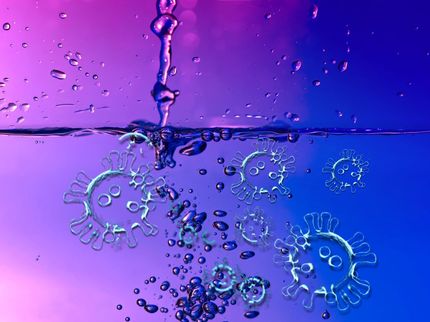How to use wastewater differently?
Emschergenossenschaft and BRAIN are researching potential uses of carbon streams in wastewater through biotechnological processes. This should increase the energy yield and allow special oils for use as high-performance additives in the lubricant industry to be obtained. The joint research program is funded by the German Federal Ministry of Education and Research (BMBF) as part of the strategic alliance ZeroCarbFP (ZeroCarbon Footprint). Alongside its research in the field of wastewater use with the biotechnology company BRAIN, Emschergenossenschaft is the coordinator of this nine-year ongoing alliance, worth 48 million Euros.
Wastewater treatment plants are the largest municipal electricity consumers. For wastewater treatment, an average of 50 kWh of electrical energy per capita is currently required. When converted to the average electricity consumption in the private sector, this corresponds to about 5%. In relative terms, this constitutes a power consumption of around 4.2 TWh/year for all water treatment plants in Germany. To reduce operating costs and conserve resources, wastewater treatment plants rely on techniques which either reduce energy
consumption, or increase internal energy generation.
Within the strategic alliance ZeroCarbFP, the use of carbonrich waste streams for the synthesis of functional biomass is explored. The research program between Emschergenossenschaft and its technology partner BRAIN aims to use carbon-rich wastewater for growing specific oil-forming organisms. The biomass thus obtained can then be used for energy recovery or as a raw material for the production of, for instance, high-performance additives in the lubricant industry. In order to make use of this raw material, synergies within the strategic alliance are utilised, and FUCHS Europe Schmierstoffe GmbH, among others, features as a commercial partner.
The findings obtained to date are very promising. From the wastewater of a specially selected
Emschergenossenschaft treatment plant, certain organisms could be isolated, which were then evaluated by the partners as suitable for further investigation based on their high lipid formation properties. An important criterion in the assessment stage is a lipid formation rate of more than 20% of the dry biomass. In addition to specific bacteria, a number of yeasts and fungi could also be identified as being potential energy and raw
material suppliers.
Other news from the department business & finance

Get the life science industry in your inbox
By submitting this form you agree that LUMITOS AG will send you the newsletter(s) selected above by email. Your data will not be passed on to third parties. Your data will be stored and processed in accordance with our data protection regulations. LUMITOS may contact you by email for the purpose of advertising or market and opinion surveys. You can revoke your consent at any time without giving reasons to LUMITOS AG, Ernst-Augustin-Str. 2, 12489 Berlin, Germany or by e-mail at revoke@lumitos.com with effect for the future. In addition, each email contains a link to unsubscribe from the corresponding newsletter.
More news from our other portals
Last viewed contents
Flexion
Lewis_surname_DNA_project
Nitrosamine
Branchial_arch
Muscular_Dystrophy_Family_Foundation
Hypohidrotic_ectodermal_dysplasia
Erythromelalgia
Indigobird
Chalcone
Sorenson_Molecular_Genealogy_Foundation

























































